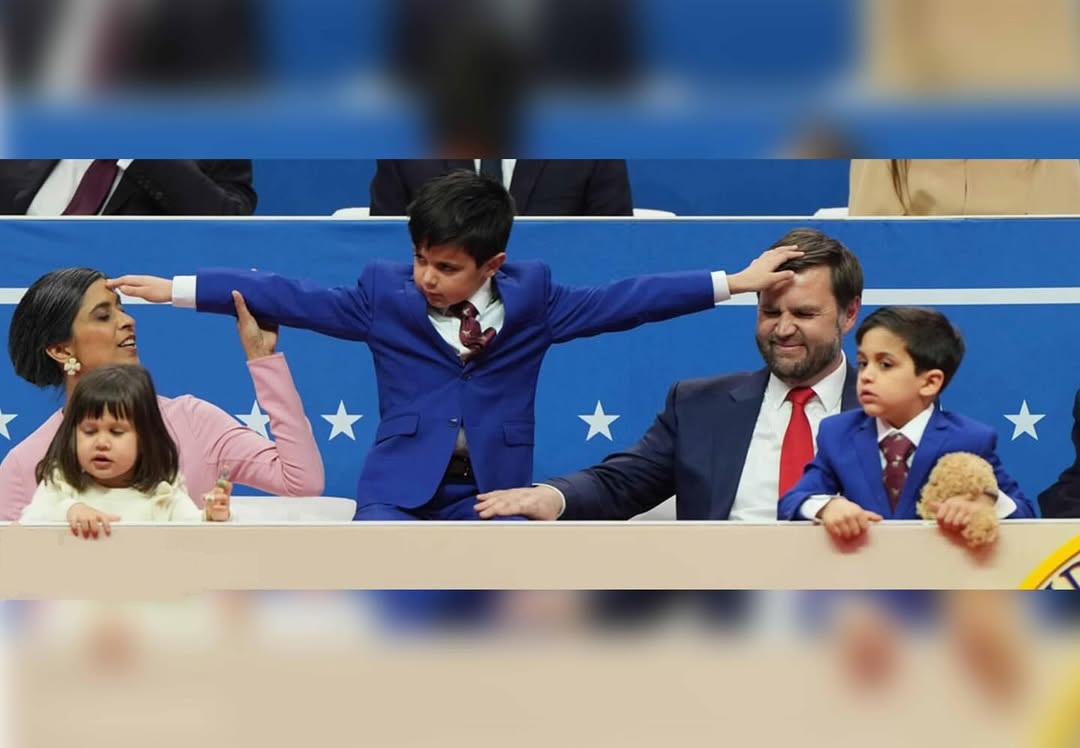Second Lady Usha Vance is calling on children to read this summer. Here’s why we should all listen—and how you can help make it count.
“Reading is not just a pastime. It’s an investment in a child’s future.”
When Usha Vance, wife of Vice President J.D. Vance and the nation’s Second Lady, announced her Summer Reading Challenge for Children, she wasn’t just offering a fun seasonal activity. She was issuing a call to action: books are vital, and kids need encouragement now more than ever to build the habit of reading.
And coming from someone in her position, the message lands with real impact.
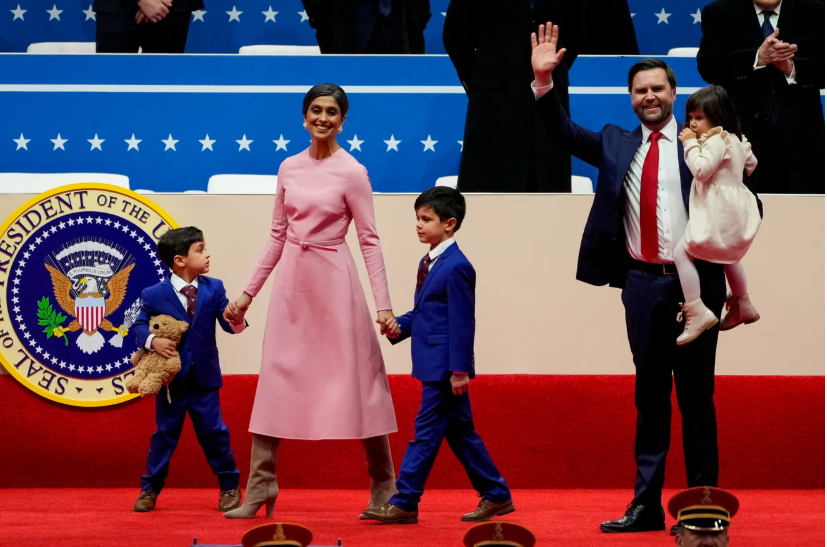
A National Figure with a Personal Stake
As Second Lady, Usha Vance’s words carry national weight—but as a working mom of three, her perspective is also deeply personal. This challenge isn’t just policy; it’s practice. She knows what it’s like to coax a child away from screens and into a story. As a result, her invitation feels especially relatable and credible to parents trying to do the same.
But it also makes that invitation more inspiring to children. Because it’s not every day that someone connected to the White House addresses kids directly and invites them to participate in something big—something that could shape their minds and their summer.
For children, this challenge offers a chance to be part of something presidential and positive. For parents, it’s a valuable tool in the ongoing battle against summer brain drain and digital distraction. Perhaps that’s because the Second Lady’s initiative encourages reading as something joyful and rewarding, not just educational.
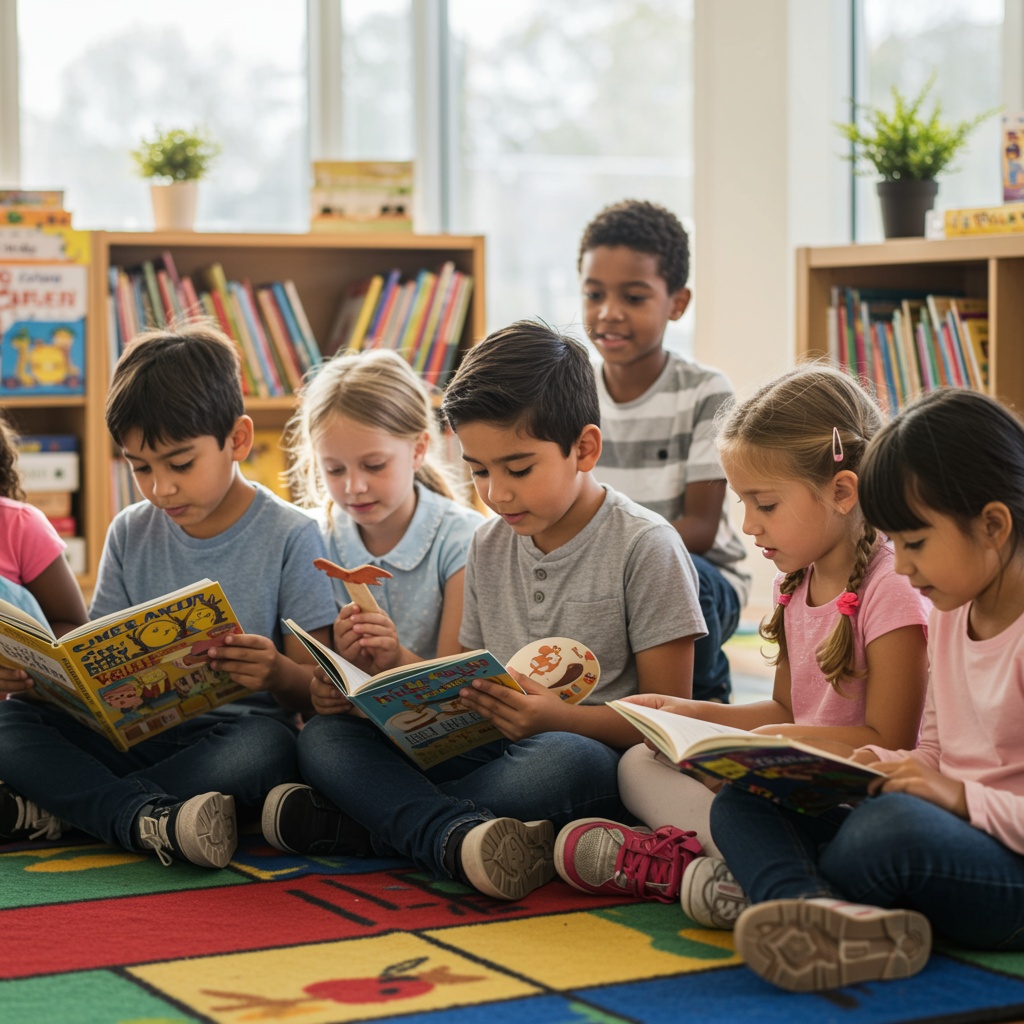
The Challenge Details
Participants are encouraged to read 12 books over the summer. For each book, they must log the title, author, and the dates they started and finished reading. Upon completing all 12 books, children are invited to submit a form that includes either a summary or a drawing inspired by one of their readings.
The rewards? A certificate, a small prize, and entry into a drawing to visit Washington, D.C. with a parent or guardian. But the real prize may be something deeper: a renewed love of reading in a generation increasingly disconnected from books. Children who complete the challenge gain more than recognition—they develop confidence in their ability to set and meet a goal.
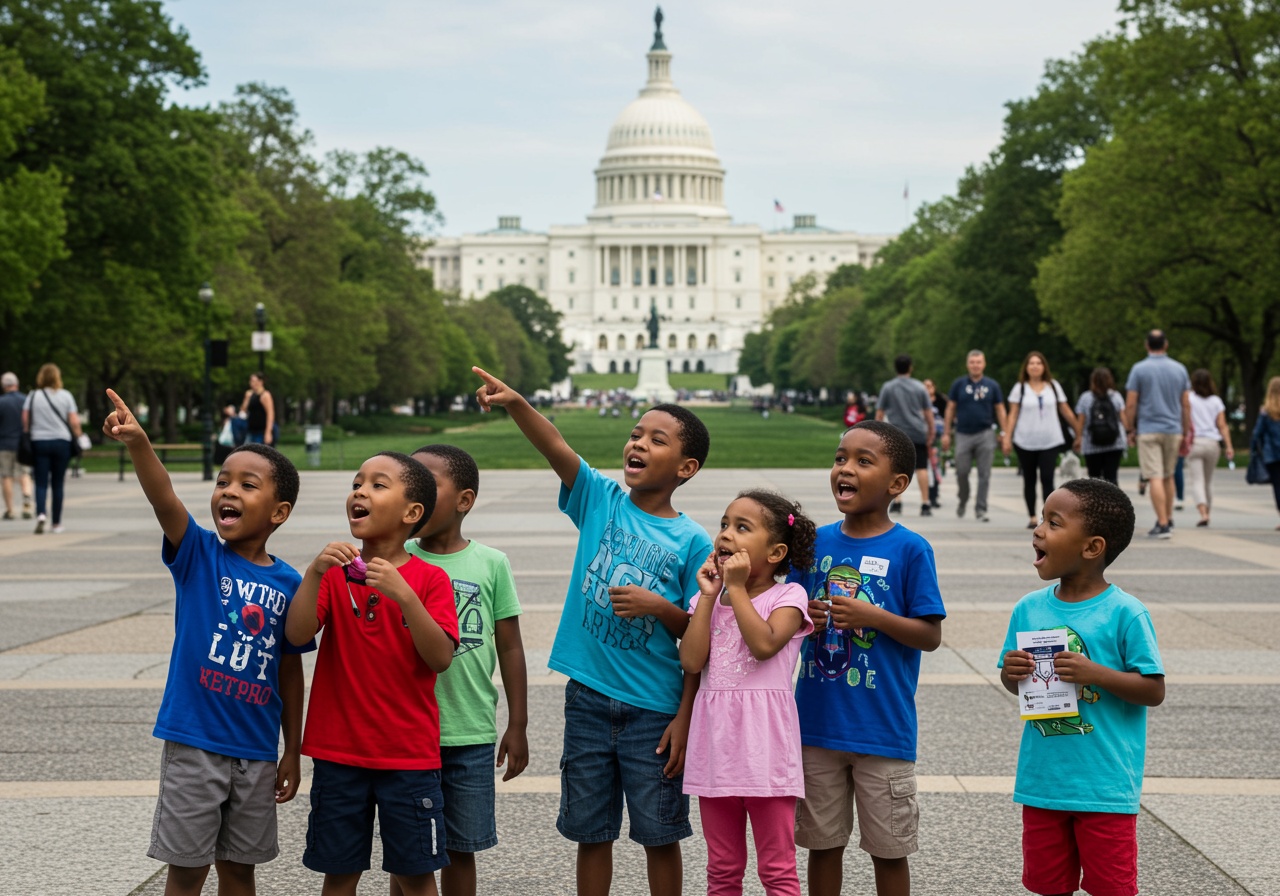
What’s the Cost?
The challenge is simple and low-cost by design. Materials like the reading log and submission form are available online for families to print at home, and the prizes have been described as a “a small reward.” While no detailed budget has been released, the structure suggests a minimal financial footprint compared to typical large-scale education programs. It’s a refreshing approach in an age of bloated initiatives that often overlook families’ day-to-day realities.
Books Are Losing Ground—Fast
This challenge comes at a time when books are at risk of becoming obsolete for a generation of children. Between video games, TikTok, and YouTube, many kids are spending hours per day glued to screens and almost no time with printed words.
In fact, research shows that the number of American teens who read for pleasure daily has dropped by nearly half over the past 10 years. A Pew Research study confirms that just 19% of American teens read for pleasure daily, down from 35% in the 1980s.

What Kids Miss When They Stop Reading
And it’s not just reading comprehension that suffers. Attention span, vocabulary, and even empathy—skills nurtured by reading—decline when screen time takes over. The decline is subtle but significant: when kids stop reading, they lose a key way of understanding the world around them.
Why Summer Reading Matters
Summer break can be a joyful time of rest and exploration—but it also poses a risk. Students who stop engaging with educational material often experience what educators call the “summer slide”—a measurable drop in academic achievement between school years.
Fortunately, there’s a way to prevent that backslide—reading! Only 15–30 minutes of reading a day can help children maintain or improve their literacy skills during the summer months.
According to the National Summer Learning Association, children who don’t read over the summer can lose up to two months of reading progress. Those losses are cumulative, putting students further and further behind each year.
On the flip side, children who read regularly over the summer not only retain their skills but often make gains.

Getting Kids to Read: A Parent’s Guide
So how can parents make summer reading a success story in their homes? Here are some practical strategies:
- Let Them Choose the Books
Believe it or not, even comic books count. The key is to foster a love of reading, not to enforce a curriculum. If they’re reading, they’re winning.
- Model Reading
Kids mimic what they see. If you want them to read, let them see you reading for pleasure—novels, newspapers, or magazines.
- Create a Cozy Reading Nook
Designate a special space with pillows, good lighting, and easy access to books. But that doesn’t have to be fancy—just inviting.
- Set Daily or Weekly Goals
A sticker chart or reading calendar can make the experience more tangible. Small milestones and rewards keep kids motivated.
- Visit the Library Weekly
Let your children browse the shelves, attend story hours, and interact with librarians. Libraries are magical places—and free.
- Tie Books to Other Activities
Reading a book about space? Visit a planetarium. Read Strega Nona? Make spaghetti. Read The Very Hungry Caterpillar? Serve fruit salad. Such activities connect stories to the real world.
- Start a Family Book Club
Choose a book to read together, then discuss it over dinner or on a walk. Even picture books can spark thoughtful conversation.
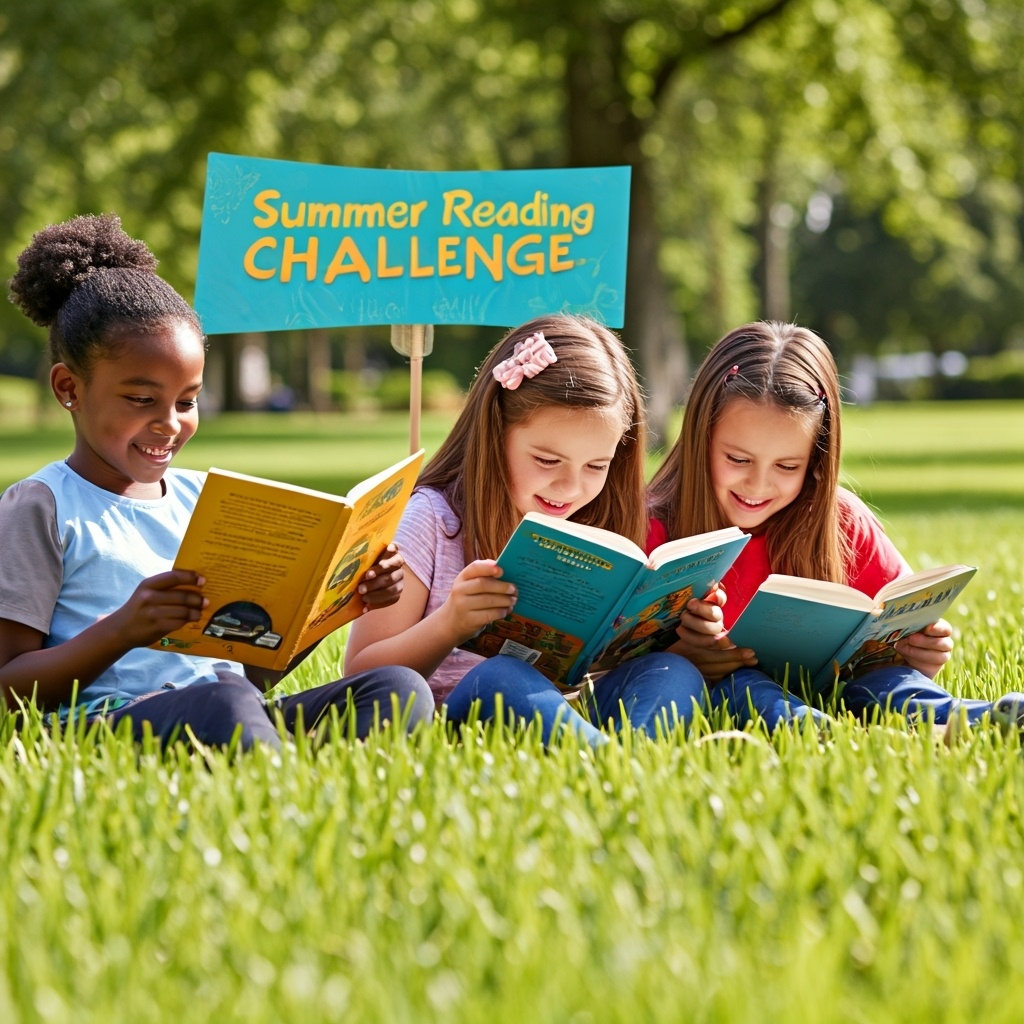
This Is Bigger Than a Challenge
The Usha Vance Summer Reading Challenge isn’t just a seasonal diversion. It’s a quiet, family-centered response to a loud, distracted world.
It’s also a cultural reminder: we still believe in books. We still believe in the slow growth of pages turning. And we believe children deserve the time and space to fall into stories that change how they see the world—and themselves.
There are no apps involved. No social media strategy. Just kids, books, and a parent’s hand gently guiding them forward.
Perhaps that’s what makes this initiative so powerful. It doesn’t compete with the digital world—it dares to offer something better.
